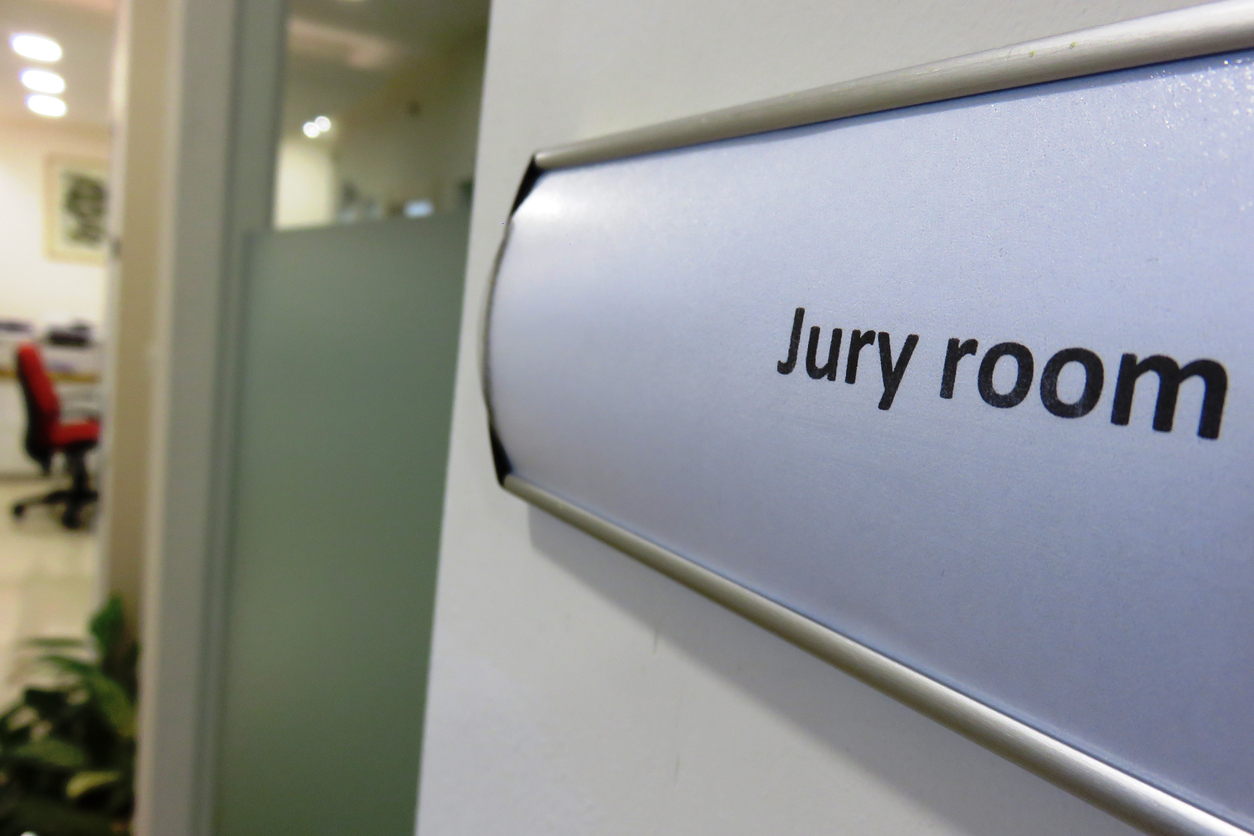INSIDE THE “STAR CHAMBER …”
We’ve been writing a lot lately about the various deliberations and machinations of the South Carolina statewide grand jury. That’s the entity whose members have been tasked with receiving testimony, reviewing evidence and returning (or not returning) indictments in connection with #ProbeGate – an ongoing criminal investigation into corruption in South Carolina state government.
But what is a grand jury? And how does it work?
While we wait on the latest indictments to be handed down, now is probably as good a time as any to address those questions.
In America, grand juries originate with the fifth amendment to the U.S. Constitution. And yes, that’s the amendment that protects citizens from being “compelled in any criminal case to be a witness against himself” (a.k.a. “pleading the fifth”).
But the fifth amendment also provides for “due process of law,” including a specific requirement that no citizen be “held to answer for a capital, or otherwise infamous crime, unless on a presentment or indictment of a Grand Jury.”
In South Carolina, the authority of the statewide grand jury is derived from Article I, Section 11 of the S.C. Constitution …
No person may be held to answer for any crime the jurisdiction over which is not within the magistrate’s court, unless on a presentment or indictment of a grand jury of the county where the crime has been committed, except in cases arising in the land or naval forces or in the militia when in actual service in time of war or public danger. The General Assembly may provide for the waiver of an indictment by the accused. Nothing contained in this Constitution is deemed to limit or prohibit the establishment by the General Assembly of a state grand jury with the authority to return indictments irrespective of the county where the crime has been committed and that other authority, including procedure, as the General Assembly may provide. (1970 (56) 2684; 1971 (57) 315; 1989 Act No. 5; 1989 Act No. 8.).
The statewide grand jury itself, though, wasn’t created until 1989 – part of an effort to create accountability for crimes that crossed county lines. These crimes were often quite complicated – including public corruption, narcotics, election fraud, obscenity, terrorism, computer crime, or securities fraud.
Grand juries in the Palmetto State consist of twelve people who are selected (or impaneled) for a one-year term. Six additional grand jurors are chosen for two-year terms. These latter six grand jurors are called “carryover jurors,” because they are expected to carry over what they learned from one term to the next – creating some institutional knowledge of the proceedings.
In the case of a statewide grand jury, authorization to impanel is needed from a presiding judge, the chief of the S.C. State Law Enforcement Division (SLED) and either the attorney general of South Carolina or his designate.
To be clear, a grand jury is not a trial. Whether at the state or county level, its members are not passing judgment on anyone accused of a crime. Witnesses and evidence are presented, to be sure, but there is no opportunity for (future) defendants or their attorneys to question evidence or cross-examine witnesses because the only determination the grand jury is asked to reach is whether probable cause exists for an individual to be charged with a crime.
That makes it unlike a traditional jury, which hears cross-examination as well as testimony from rebuttal witnesses in an effort to determine an actual defendant’s guilt or innocence. There’s no guilt or innocence in a grand jury – just the question of whether sufficient evidence exists for an individual to be charged with a crime.
The whole process is also conducted behind closed doors – with strict laws governing the maintenance of secrecy. In many cases, the subjects of a grand jury’s deliberations have no idea they are about to be charged.
That’s why grand juries are often referred to as “star chambers.”
Also, grand juries are able to issue subpoenas for the production of evidence and receive testimony from confidential informants.
Once evidence is collected and presented, one of three things happens …
1. True Bill – An indictment that is “true-billed” means that twelve of eighteen grand jurors agree there is probable cause that a crime took place and that the target of the grand jury should stand trial for the charges referenced in the indictment. This is what happens when you hear on the news that an individual was “indicted.”
2. No Bill – An indictment that receives “no bill” means that twelve of eighteen grand jurors did not agree that there was probable cause to support an allegation.
3. No Action – An indictment can receive no action in the event grand jurors believe they need to see and/ or hear additional evidence – or if prosecutors believe that they need additional time to collect such evidence for grand jury consideration.
Obviously the #ProbeGate investigation has already produced several indictments – with more expected imminently.
Banner via iStock
